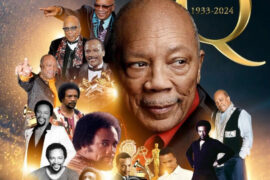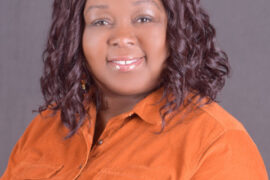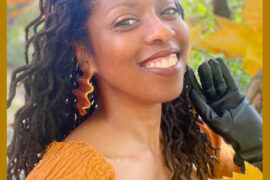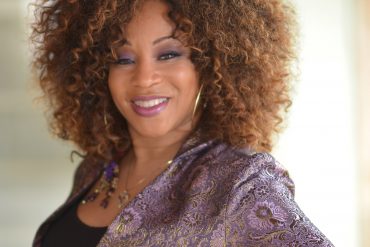The election is closing in and is in countdown mode. Some states have begun voting. The big day is Tuesday, November 5. Trump is refusing another debate with Kamala, which is a sign that he did not measure up to the big debate with her. The candidates are on the move, campaigning as they see fit. The pundits are in full force with political discussion, prediction, and polls.

So what about the polls? Are they right? Every day, there is a different poll. Recent polls claims that Trump and Kamala are in a dead heat. Kamala leads by 5 points. She has gained upward. Most of the pundits predict a very close race. A word about the accuracy of the polls. Who do they poll? Can one hundred people reflect the population? Can one thousand people reflect a demographic? I say No. The polls are not always accurate.
Kamala Harris is raising money at a historic rate? Her poll numbers have increased slightly. Harris is on a happy trial. People see her positively and are receiving her. Different populations: Jewish, Women, Men, Black women, and young people. Is this reflected in the polls? I think not. So, it is a happy trial; are the polls right or wrong?
Weighing the Polls..


Audrey McNamara wrote on November 3, 2020, about polls. This is what she said.
“President Trump’s victory in 2016 came as a shock to many Americans. National polls showed his opponent, Hillary Clinton, leading the race until the election. Even the Clinton campaign was confident she would win. All the data they were looking at predicted her win.
An examination of the 2016 electorate by Pew found that Whites with a four-year college degree or more education made up 30% of all validated voters, while White voters who had not completed college made up 44%. Only 38% of college-educated Whites said they voted for Mr. Trump, whereas he won by more than two-to-one (64% to 28%) among white voters who had not completed college.
David Dutwin, chief scientist of survey panel AmeriSpeak at NORC at the University of Chicago, said most 2016 polls were not weighted by education, and therefore missed Mr. Trump’s significant support from non-college-educated White males.
Weighting, a standard polling practice, is a process that has more statistical value to groups pollsters know are being underrepresented in surveys. The American Association for Public Opinion Research, AAPOR, defines weighting as “an attempt to ensure that the sample more accurately reflects the characteristics of the population from which it was drawn and to which an inference will be made,” noting that “it does not involve any changes to the actual answers to survey questions.”
So all of this to say, be leary of the polls. Let’s not trust them completely.
A poll is not a vote. All of this to say, , all of this to say, the polls are not absolute.






